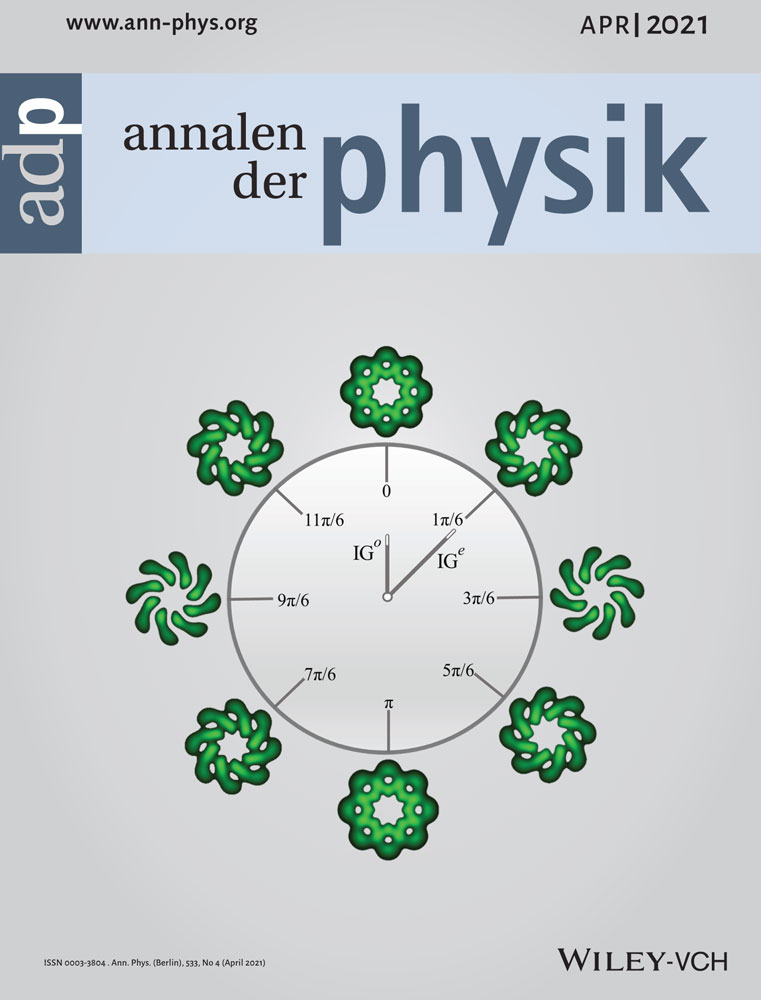Relating Binding Energy and Scattering Length of Weakly Bound Dimers of Strontium
Abstract
The s-wave scattering length (a) is an important parameter in ultracold collisions and precision tests of fundamental physics, yet its accurate calculation remains a challenge. Solving suitable vibrational Schrödinger equations with scaled interaction potentials and reduced masses, the relationship between the binding energy (D0) of the highest vibrational state and the s-wave scattering length is derived for a set of ground state Sr2 isotopomers. The resulting “a versus D0” relations are robust even if approximate potentials are used, thus enabling reliable scattering lengths to be determined directly from experimental binding energies. The presented approach will have broad applicability, notably when an accurate potential is unavailable and when the literature (semiclassical) counterparts of the probed “a versus D0” relations become inadequate.
Conflict of Interest
The authors declare no conflict of interest.
Open Research
Data Availability Statement
Data available on request from the authors.




